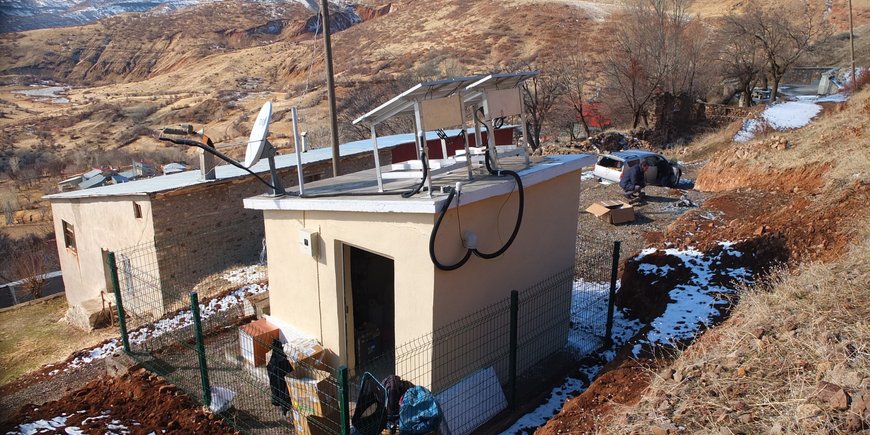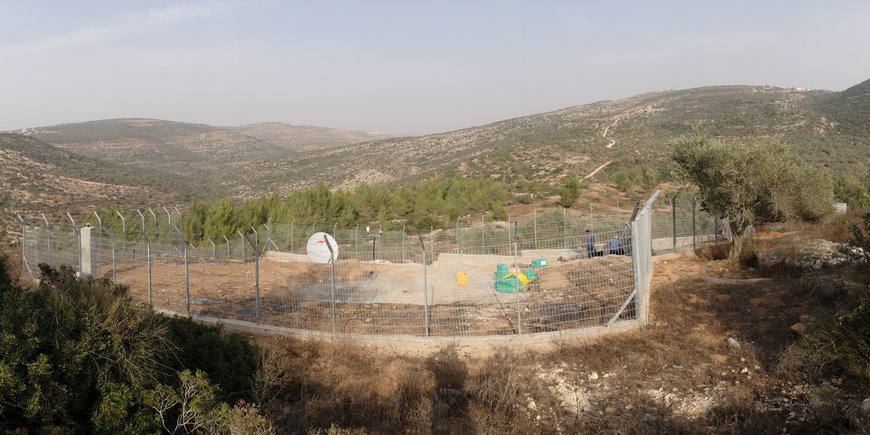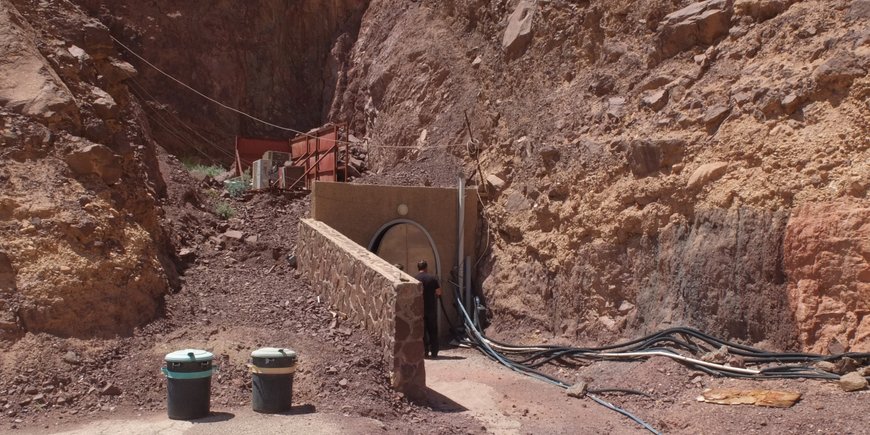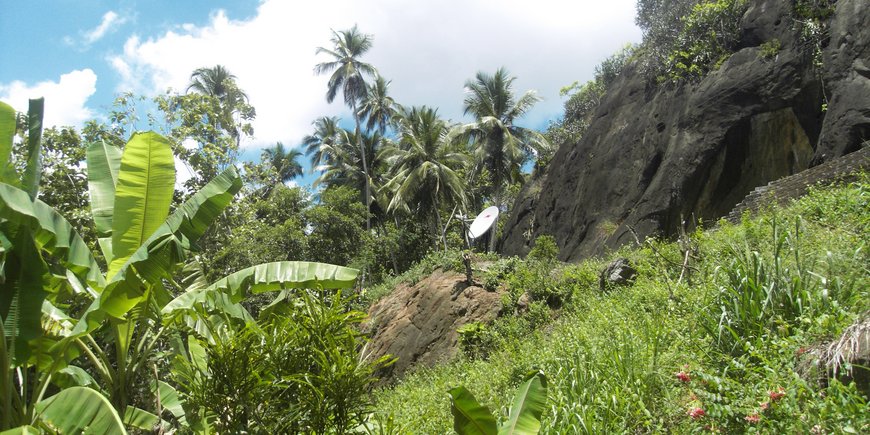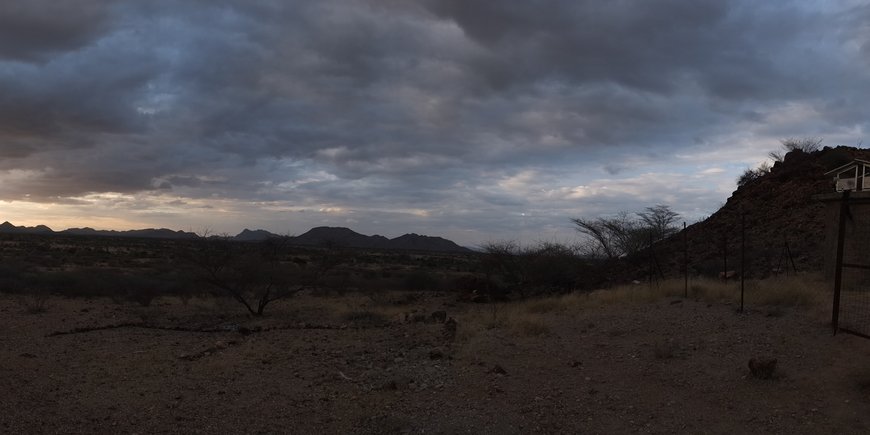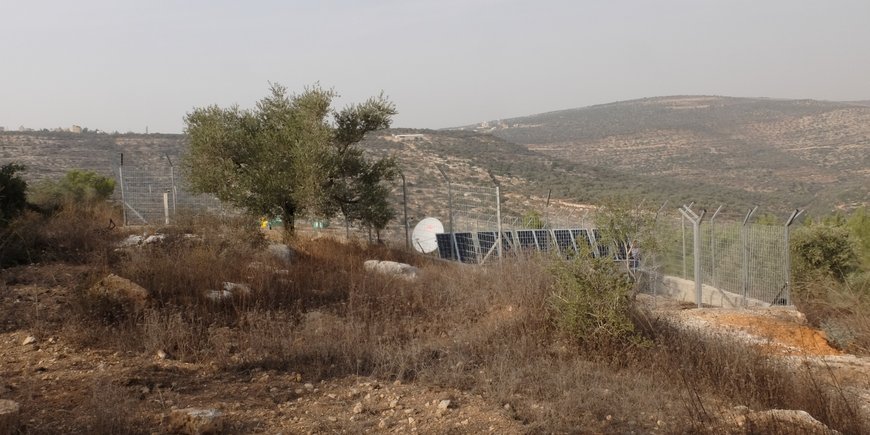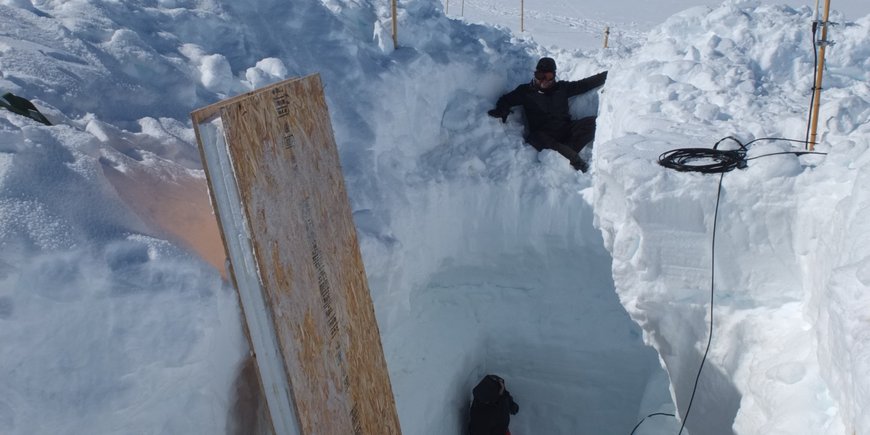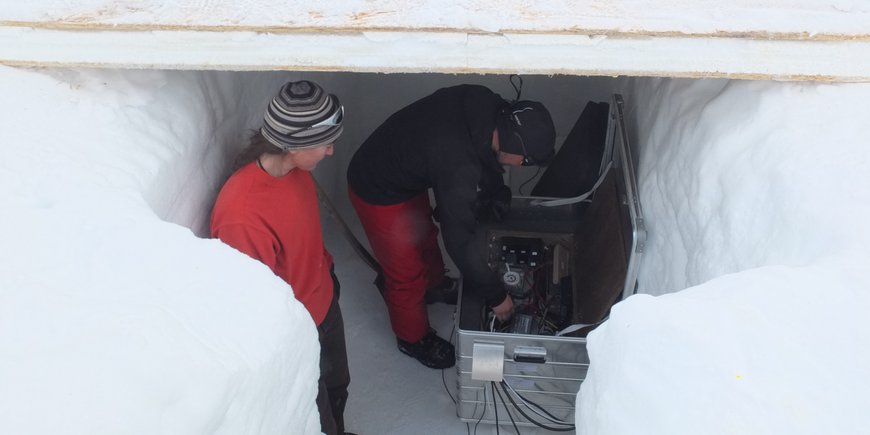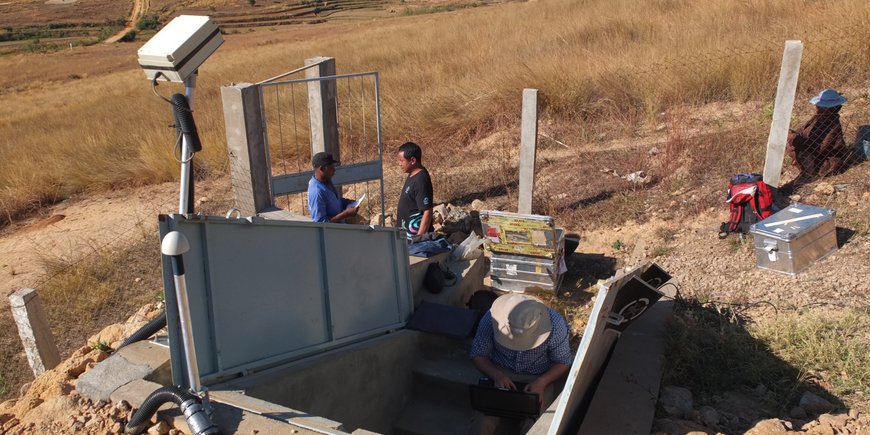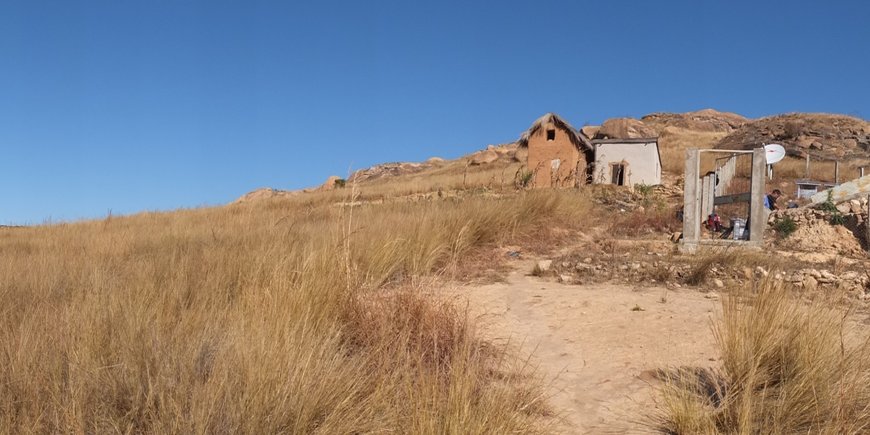The GEOFON Program
The GEOFON program consists of a global seismic network (GE Network), a seismological data centre (GEOFON DC) and a global earthquake monitoring system (GEOFON EQinfo). These three pillars are part of the MESI research infrastructure of the Helmholtz Centre Potsdam - GFZ German Research Centre for Geosciences aiming at facilitating scientific research. GEOFON provides real-time seismic data, access to its own and third party data from the archive facilities as well as global and rapid earthquake information. The GEOFON Seismological Software can be considered the fourth module of the GEOFON Program. Among the Seismological Software we provide to the community there is the SeisComP3 package that we use for all our operations. Data, services, products and software openly distributed by GEOFON are used by hundreds of users and data centres worldwide.
For additional information visit the GEOFON web pages at: https://geofon.gfz-potsdam.de/
Contact: geofon@gfz-potsdam.de
GEOFON Global Seismic Network (GE Network)
MESI - Instrument Systems - Observatories and Networks
(https://www.gfz-potsdam.de/en/scientific-infrastructure/research-infrastructure/global-observatories/)
In 2018 the GEOFON global seismic network consists of more than 80 active high quality stations with real-time acquisition. The network plays a leading role in global real-time seismology providing valuable data for almost all fundamental and applied global/regional seismological research projects at GFZ and the wider seismological community. The GEOFON network is operated jointly with more than 50 international partners with stations on all continents, but stations are concentrated in Europe and the Mediterranean region, as well as in the Indian Ocean. All data are distributed without restrictions in real time with minimal delay and are accessible from the archive from the first installed station in 1993 to date, using the well-known GE network code. Various communication links (VSAT, BGAN, UMTS, DSL, etc.) are used.
- GE Network page
- Data access: Via GEOFON DC
- interactive access WebDC3
GFZ Seismological Data Archive (GEOFON DC)
MESI - Data Systems - Data Distribution and Archives
(https://www.gfz-potsdam.de/en/research/data)
GEOFON operates the GFZ Seismological Data Archive, which facilitates access to data from the GEOFON stations, from GIPP passive experiments and from plate boundary observatories, as well as from many partner networks/institutions, providing a permanent and secure archive. All waveform data and metadata are provided in standard seismological data formats using standard services alongside with additional meta information about the data. Currently over 100 seismic networks are distributed to thousands of users yearly through the GFZ access point as well as from federated archives at European and global level. GEOFON takes particular care in its data management policies fostering the adoption of the FAIR data management principles and the GFZ guidelines for research data.
- GEOFON DE page
- Data access: Interactive portal
GEOFON Global Earthquake Monitoring System (GEOFON EQinfo)
MESI - Data Systems - Data Distribution and Archives
(https://www.gfz-potsdam.de/en/research/data)
All real time data streams from GEOFON stations as well as around 900 additional real-time stations from international partners are used to determine rapid automatic location estimates for all globally recorded earthquakes and most regional ones. This essential service provides basic rapid earthquake information immediately to earthquake and tsunami warning centers worldwide, government agencies, disaster management teams, news media and scientists. The rapid earthquake information is distributed via several channels like e-mails, SMS, RSS, web services and web pages within minutes of an event. On average ~6500 events and ~1500 moment tensor solutions are published per year on the web page and the largest are disseminated to the different stakeholders via over 200000 messages per year.
- How EQinfo works?
- Data access: GEOFON EQinfo page
Seismological Software (GEOFON Software)
GEOFON has a long tradition of developing high-quality open software products for the seismological reasearch community. The best example is probably the SeisComP3 package (http://www.seiscomp3.org), which became one of the most widely used in the community, with hundreds of institutional licenses assigned. Other examples of client solutions to ease access to seismic data are WebDC3, fdsnws_fetch, and arclink_fetch. On the data centre side, some of our software products are core developments of the EIDA initiative (e.g. SeisComP3, Routing Service, Arclink), or tools needed for waveform data provisioning in real-time (i.e. Seedlink) and/or earthquake parametric data dissemination to other institutions like EMSC (e.g. HMB).


